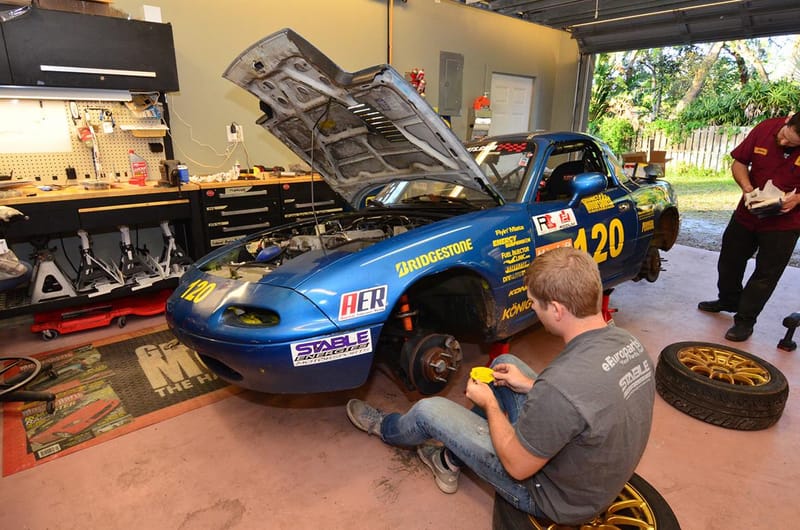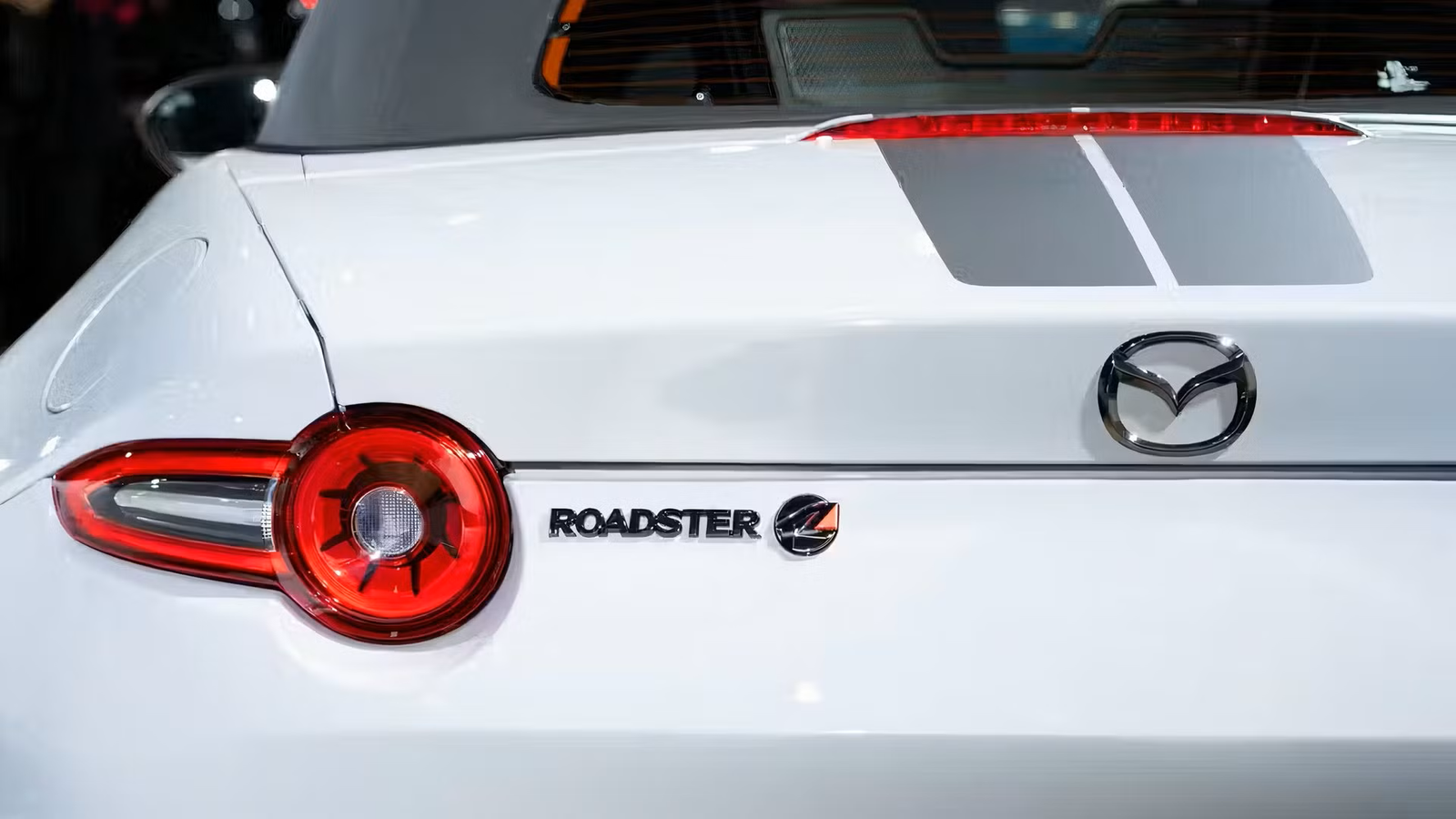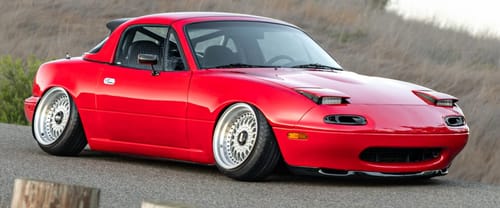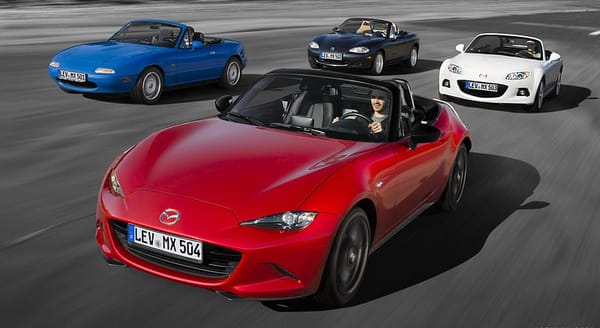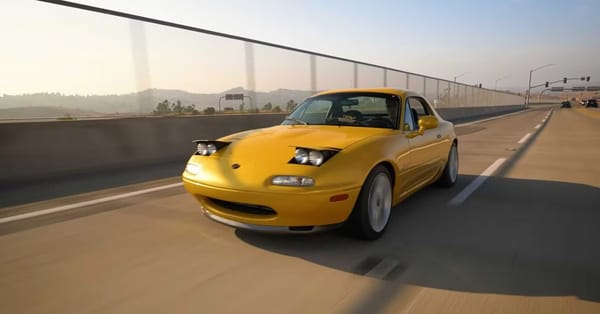Daily Driving Your ND Miata
We all know miata is always the answer, but can it handle the realities of daily life? Let's break down the pros and cons to help you decide.
Latest Posts
Stories
Miata Theft Prevention & Recovery: Discreet Immobilizers and Tracking
Extra security is most useful if you street-park, travel for track events, or leave the Miata at hotels or storage facilities. If you garage an ND with a healthy factory immobilizer in a low-risk area, upgrades add peace of mind more than essential protection.
NA
NA vs. ND Miata Interiors: Why the Cabin Could Be the Deal-Breaker
That cockpit decides whether a vintage dream feels charming or simply exhausting on the daily commute, at cars-and-coffee, and on long road trips. In short, the interior is often the real tiebreaker.



